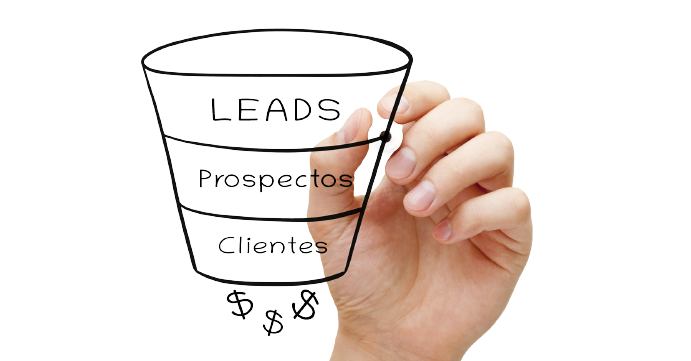What is a Lead?
Dec. 16, 2022 · 4 minutes
Lead generation is a challenge faced by 68% of firms. Despite this, consumers are the lifeblood of any firm, regardless of the industry. Attracting new clients is one of the fundamental goals of any business, and substantial resources are devoted to this endeavor.
To live and prosper, your e-commerce business requires customers who are interested in your products or services, as opposed to just online surfers. But how do you guarantee that this is the case? The response centers on leads.
What Is a Lead?
A lead is a person who has expressed interest in the products or services of your firm. They have provided basic information indicating a possible interest in purchasing from you. They may have provided their contact information, interacted with your website, or subscribed to your blog, for instance.
People's interests and requirements vary, thus not everyone will be a potential lead for all businesses. Likewise, not all leads are created equal. According to Marketo, around 96% of website visitors are not ready to buy.

Classifying and Acquiring Leads
Lead generation is essential to your company's operations. It contributes to long-term growth and prosperity. Typically, lead generation is the initial step in the sales process. It entails attracting, cultivating, and persuading prospective clients to make a purchase.
In contrast, a sales prospect is a lead that has engaged with you. For instance, you are having a two-way conversation with them, and there are indications of genuine possibility.
Various techniques, like content marketing and email marketing, can be employed to generate leads in the first place.
The content marketing mix consists of blog entries, case studies, infographics, ebooks, videos, and social media. While email marketing types consist of newsletters, lead nurturing emails, and brand story emails.
Other approaches include direct contact with potential leads, contests and freebies, sponsored advertisements, and word-of-mouth marketing. In addition, remember SEO.
All of these methods have grown in importance as more markets migrate to the digital realm and competition intensifies. 70% of marketers, for instance, invest actively in content marketing.
The lead generation funnel was created to aid marketers in visualizing and influencing the customer's journey.
1. Top of the funnel (TOFU).
Here, the focus is on raising awareness. This is your initial engagement with a prospective consumer, therefore your goals should be to develop trust and educate.
2. the center of the funnel (MOFU).
At this level, the prospective client has recognized the need to solve a particular issue and is evaluating their options. To assist, you can provide an appropriate solution or something of value to move them closer to conversion.
3. the base of the funnel (BOFU).
When a lead reaches this stage, they become a prospect. Here, the subject is contemplating a purchase. Therefore, you should concentrate on selling. Send them demonstrations, case studies, and cost comparisons to facilitate this. The objective is to convince them that you are the best option.
The acquisition of leads can be further subdivided into inbound and outbound lead creation.
Inbound Lead Generation
This customer-centric technique is employed to attract individuals who actively seek you out. Providing valuable content is crucial to this end. The goal is to capture and nurture them through the sales funnel, resulting in a sale.
Outbound Lead Generation
Here, rather than the customer approaching you, you go to them — a proactive strategy. For instance, you initiate contact by sending targeted emails. Or you cold call potential customers.
This is the inverse of incoming calls. What is meant by inbound calls? When a potential consumer or lead starts contact with your company.
Four steps must be taken to begin started with lead generating, regardless of your strategy:
- Create a buyer profile
- Specify your aims
- Select the appropriate marketing channels
- Establish a segmented database
When developing a lead generation strategy and incorporating it into your process vs. procedure manual, it is essential to consider the aforementioned considerations.
Qualifying Leads
A brief word about lead qualifying follows. Even if you have obtained leads, a sale is not guaranteed. Qualification assists in determining the possibility that a lead will purchase. To accomplish this, consider the following:
- If your lead is a B2B company, assess the company's profile.
- Consider the BANT method: the budget, authority, need, and timeline of the lead.
- Compare the lead's profile to that of your ideal customer.
- Lead scoring: Assign a score based on the extent to which the lead interacts with your marketing materials.
Along the way, you will be able to automate or even hyper-automate platform of the lead management process.
Contact Us
Contact Info
Address
Maslak Mahallesi, Büyükdere Caddesi, Nurol Plaza 255 B02 Sarıyer, Istanbul, Turkiye
Phone